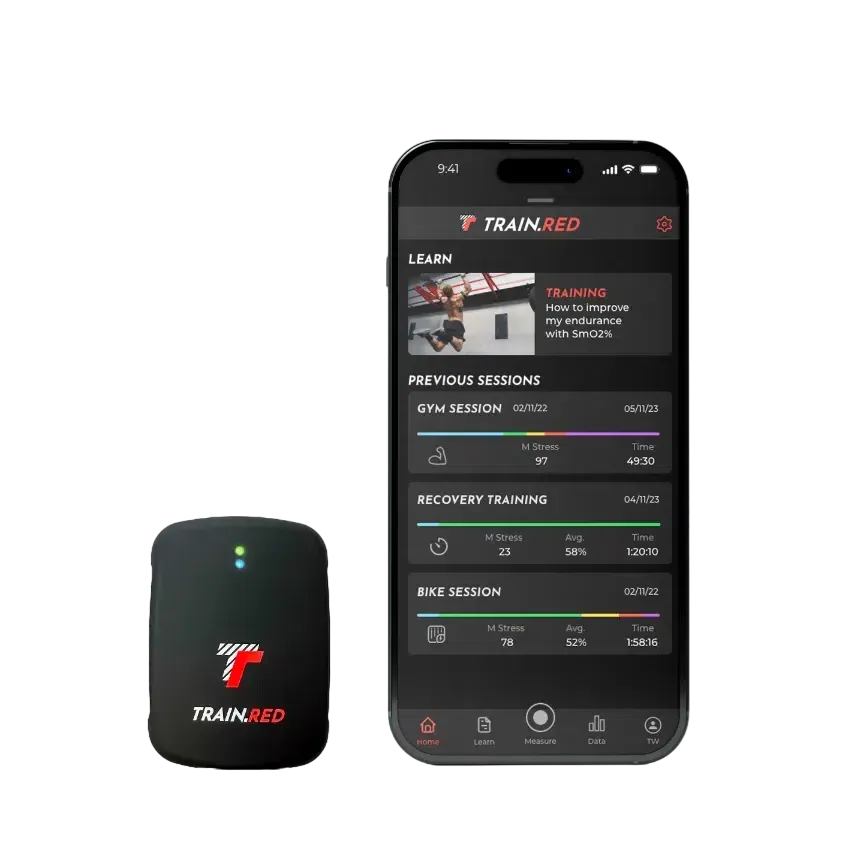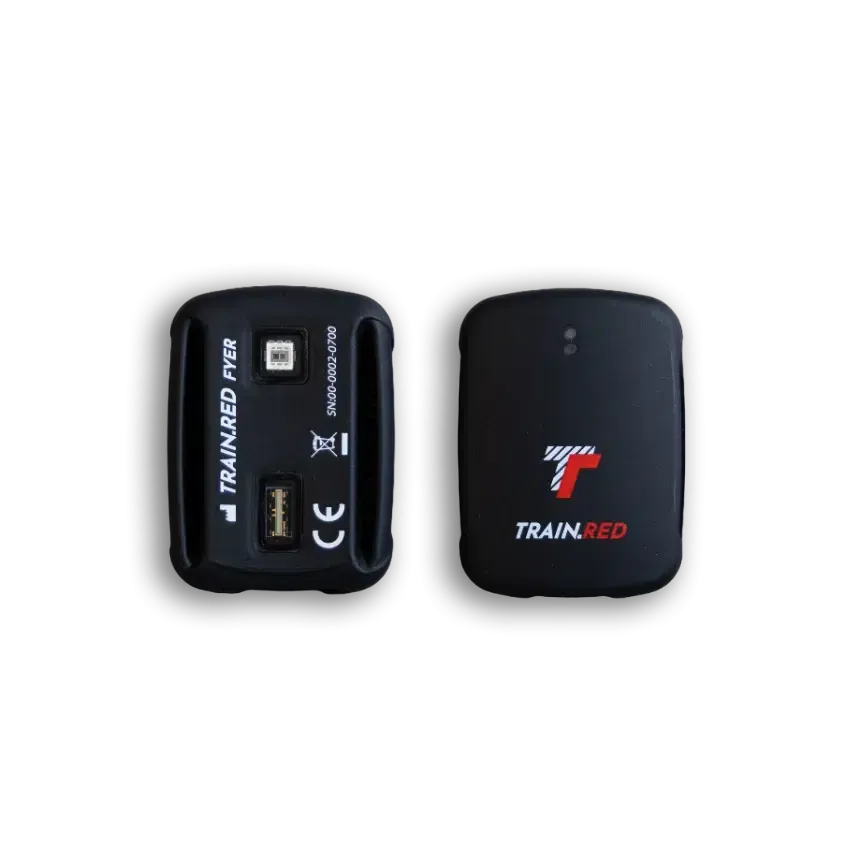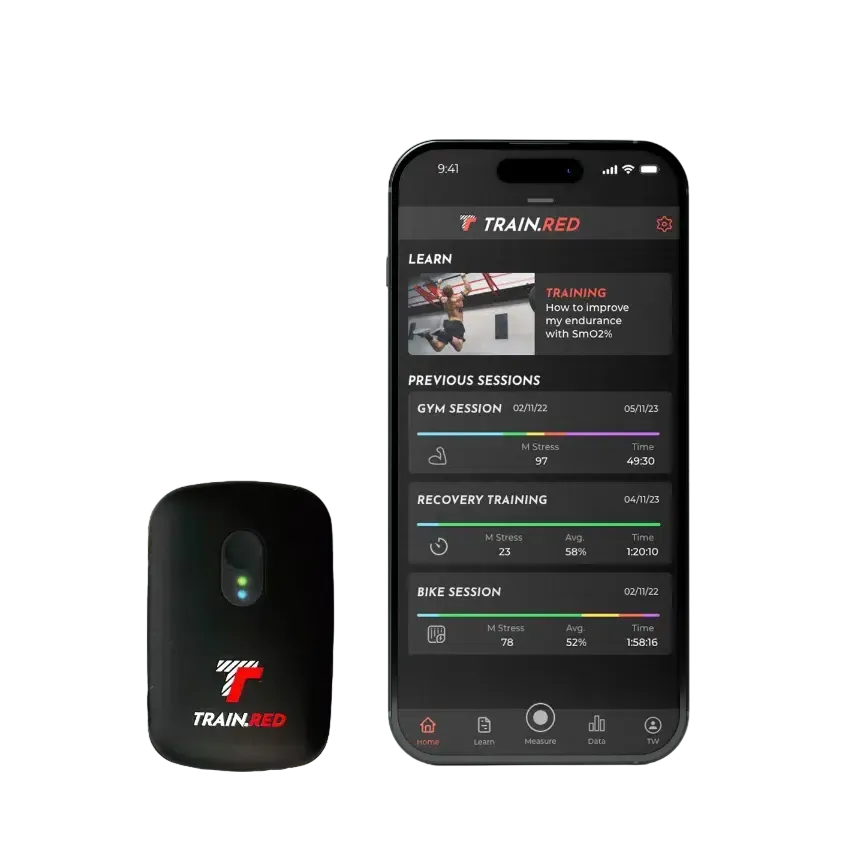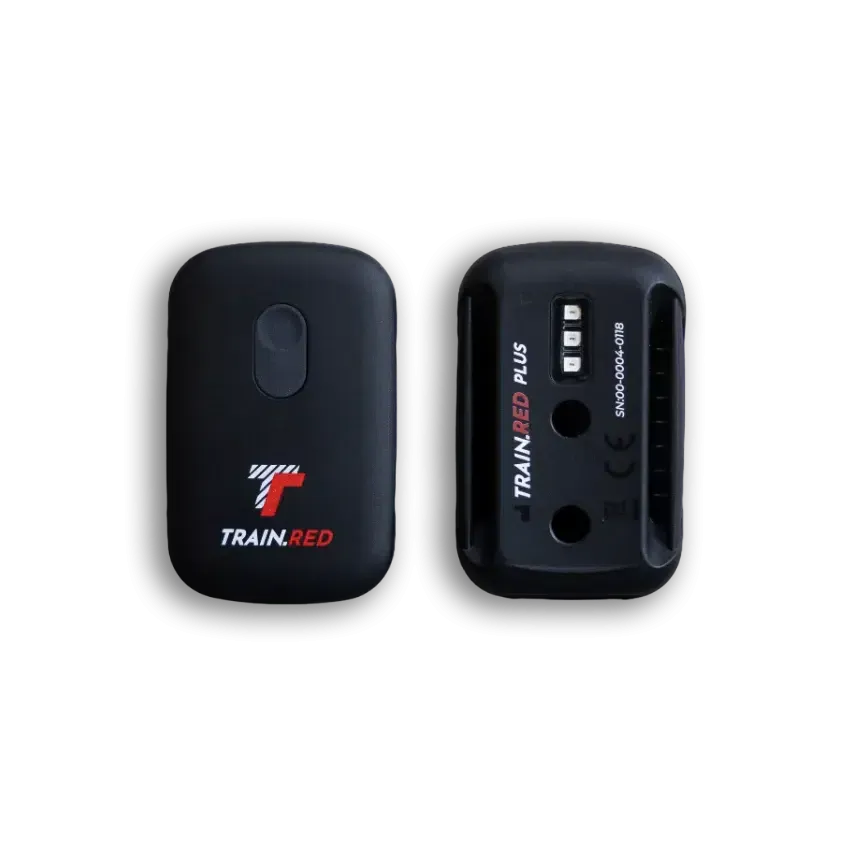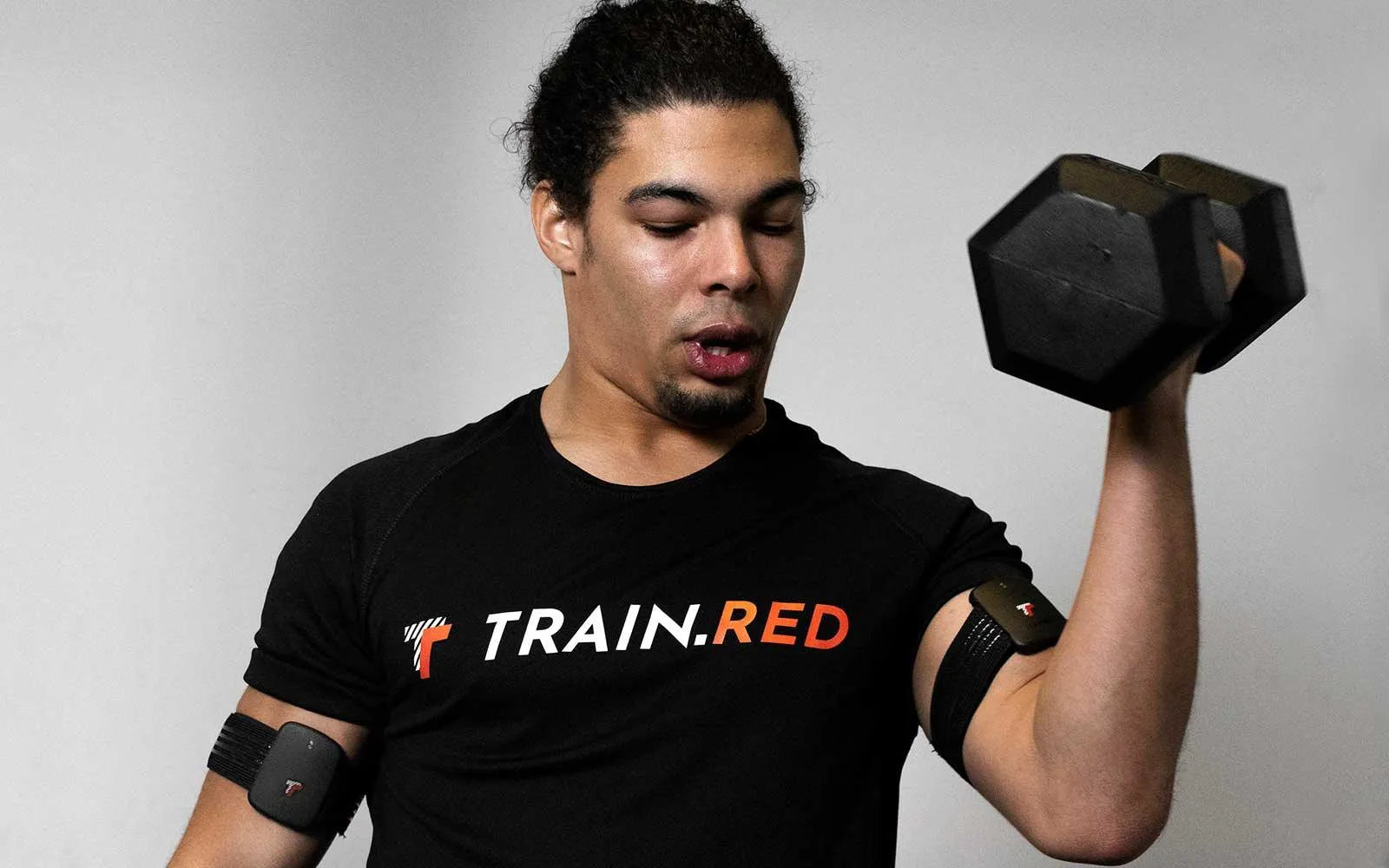
Benefits of Muscle Oxygen Sensors for Sports: Monitoring Performance and Improving Endurance
Muscle oxygen sensors are non-invasive wearable devices that assess oxygen saturation in muscles, providing valuable data for athletes. These sensors work by measuring the concentration of oxygenat...
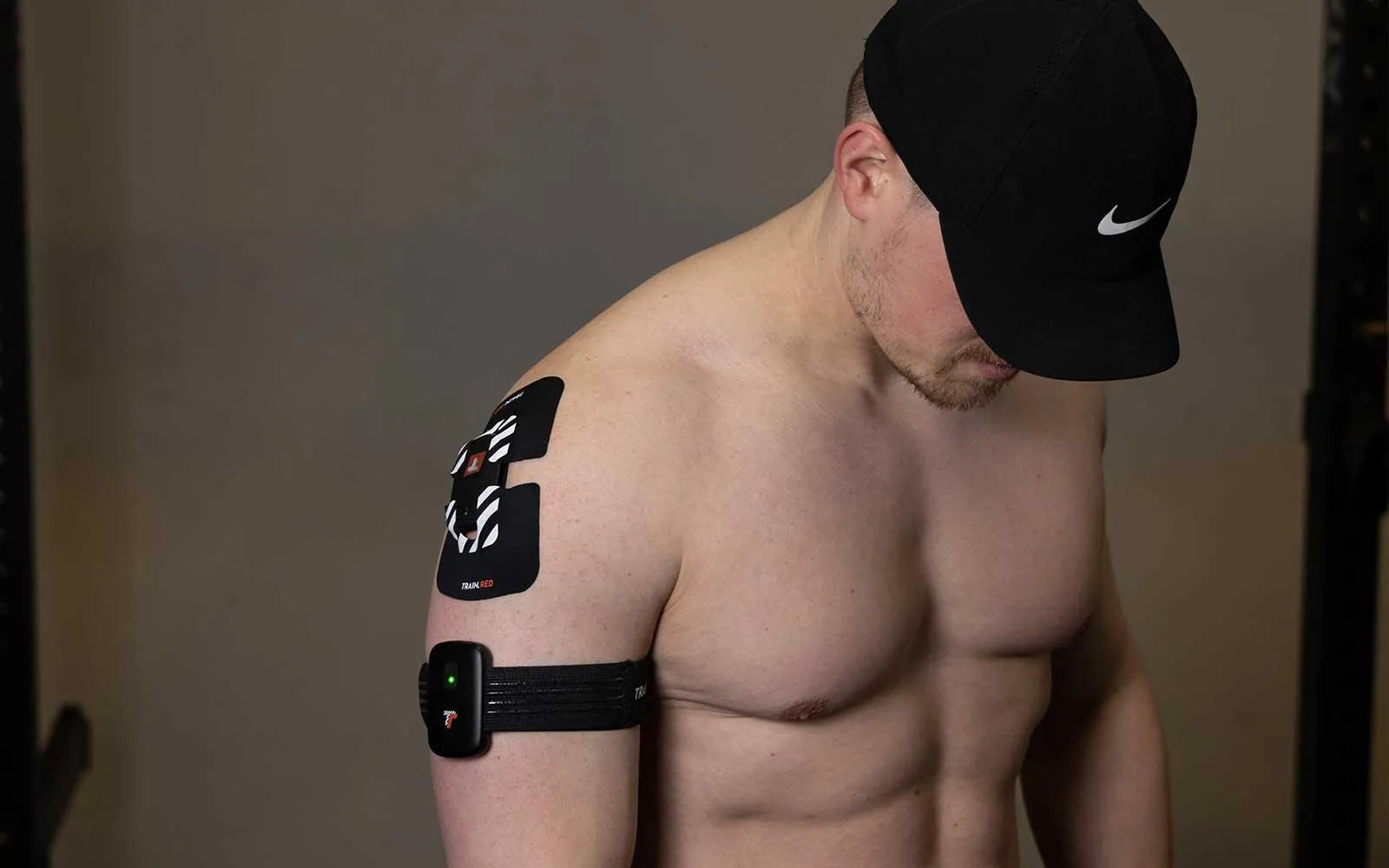
Which Muscles Should You Measure with Muscle Oxygen Sensors?
Muscle oxygen sensors are valuable tools for athletes and coaches to enhance training and performance. They provide insights into the effectiveness of workouts and recovery. They can be used for al...
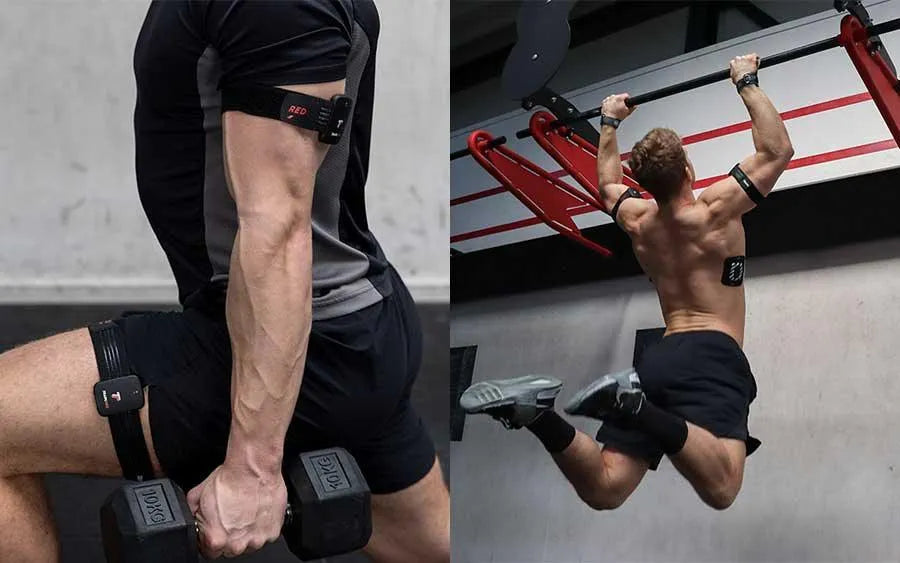
Muscle Oxygen Sensors: How to Use Them for Sports Training and Recovery
Muscle oxygen sensors like the FYER and PLUS are a valuable tool for athletes and coaches, providing information about training effectiveness and recuperation. By choosing the right sensor, identif...
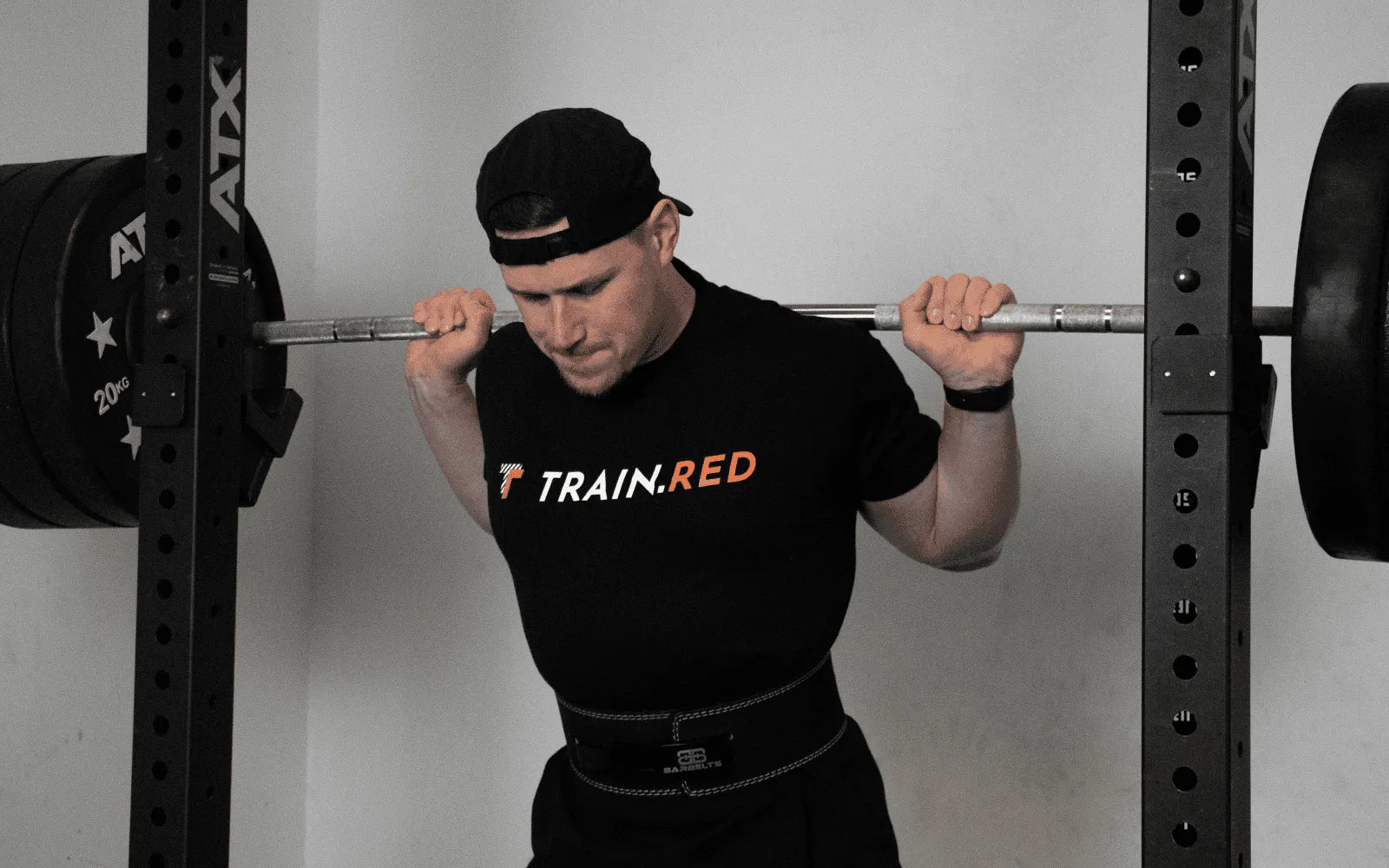
Beginner’s Guide EP3: Using Train.Red app to guide your squat training
The Train.Red app, along with Train.Red FYER, aims to enhance athlete performance by providing live data and features for training and competition guidance. It offers capabilities such as adjusting...
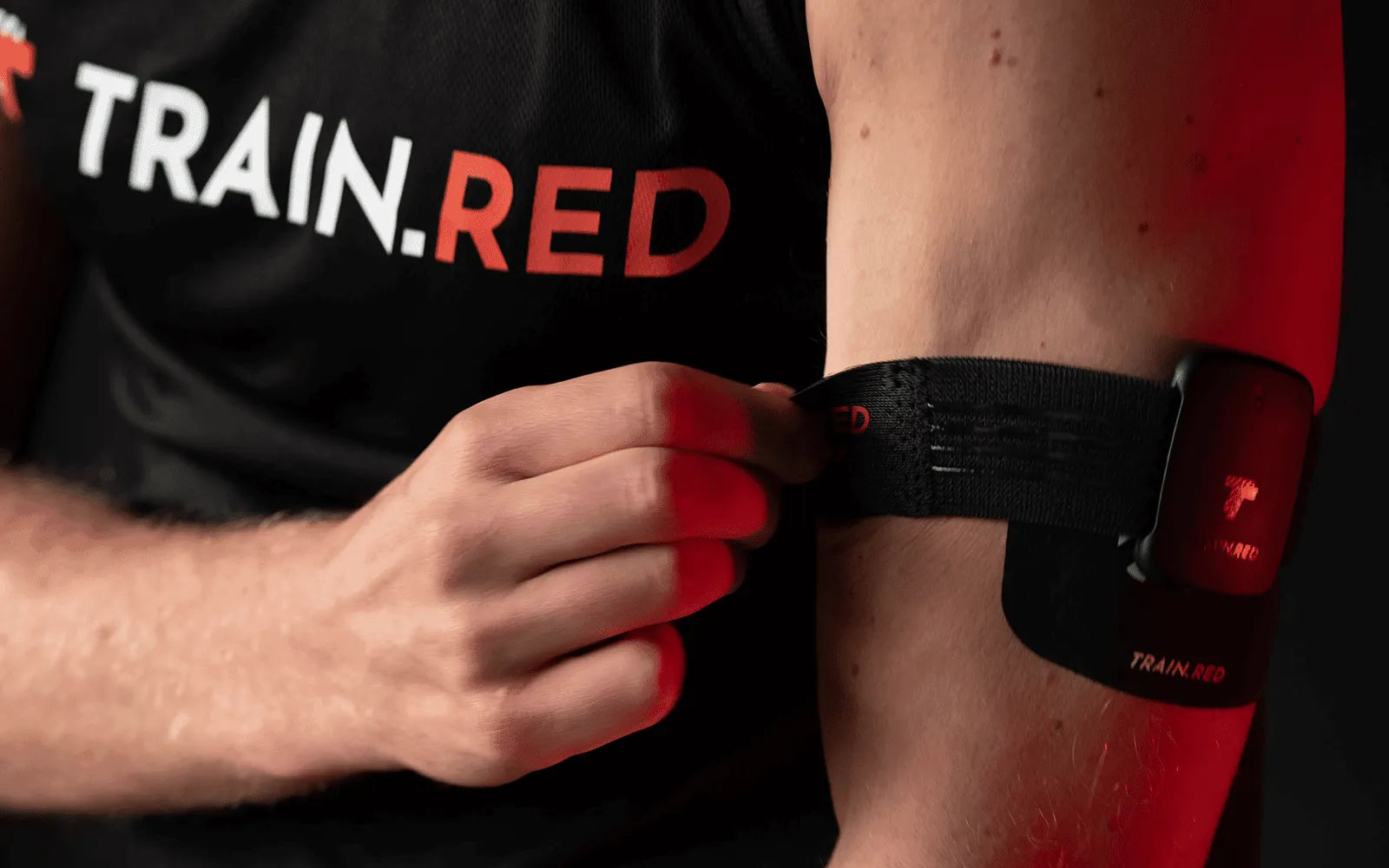
Beginner's Guide EP2: Sunlight and the Train.Red Patch
Train.Red, a muscle oxygen sensor, can be affected by sunlight interference during training sessions. To mitigate this issue, Train.Red has developed the Train.Red Patch, an accessory made of dark...
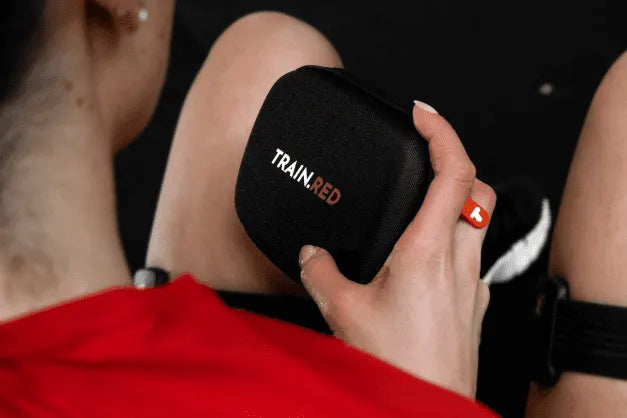
Beginner’s Guide EP1: How to Optimize The Use Of The Train.Red FYER Sensor
To optimize the use of the Train.Red Muscle Oxygen Sensor, follow these tips: Choose the appropriate placement for the sensor based on the exercise being performed. Position the sensor on the musc...

